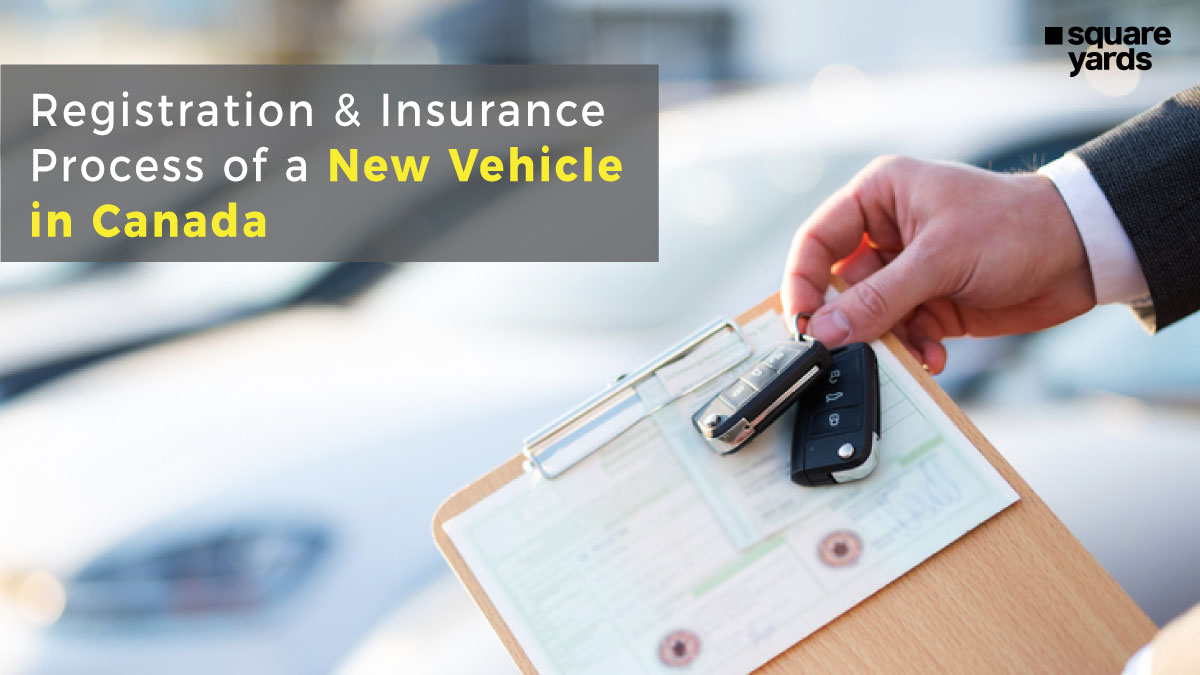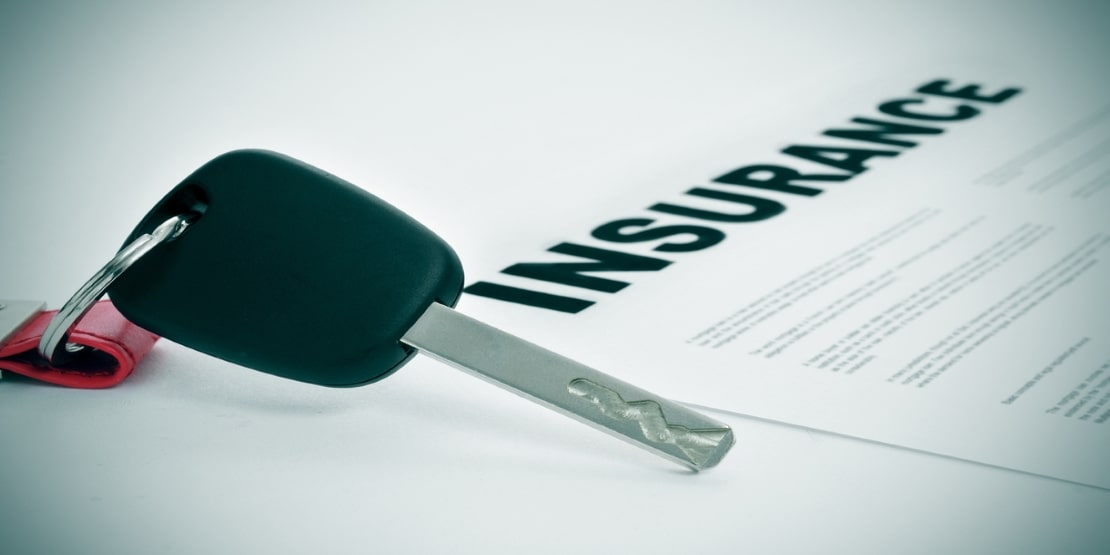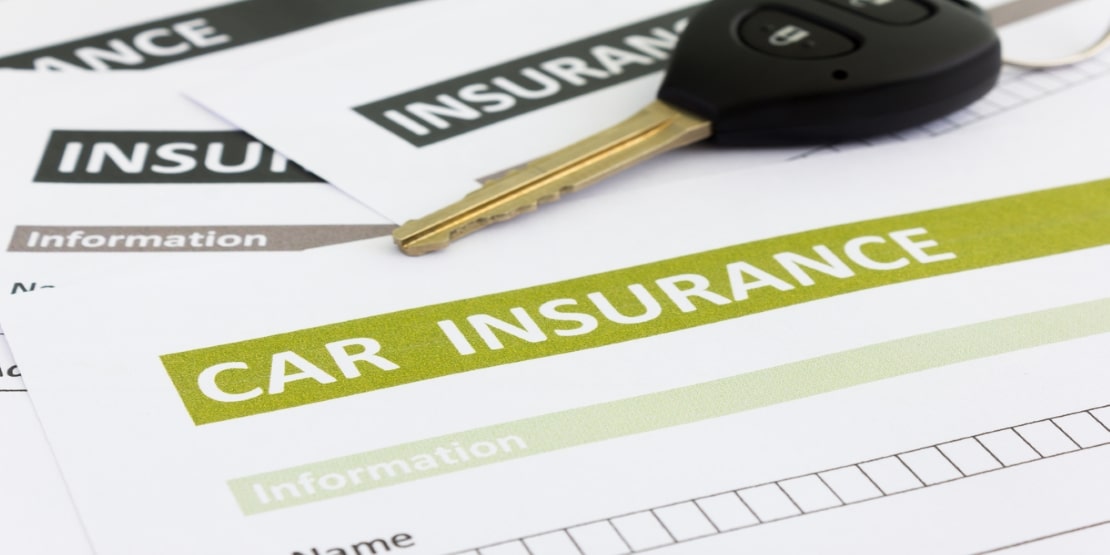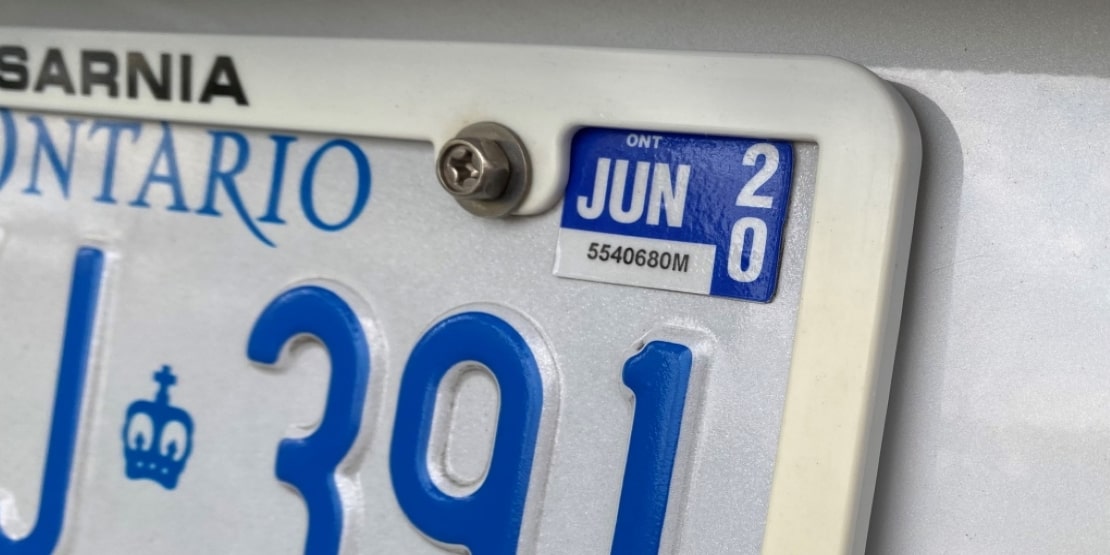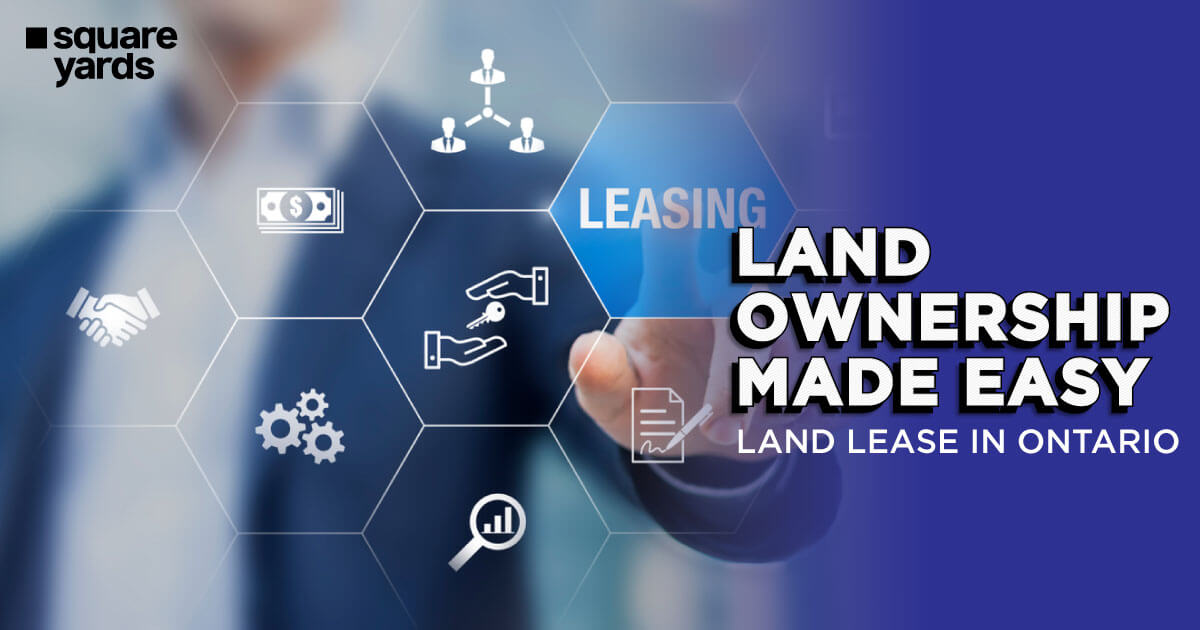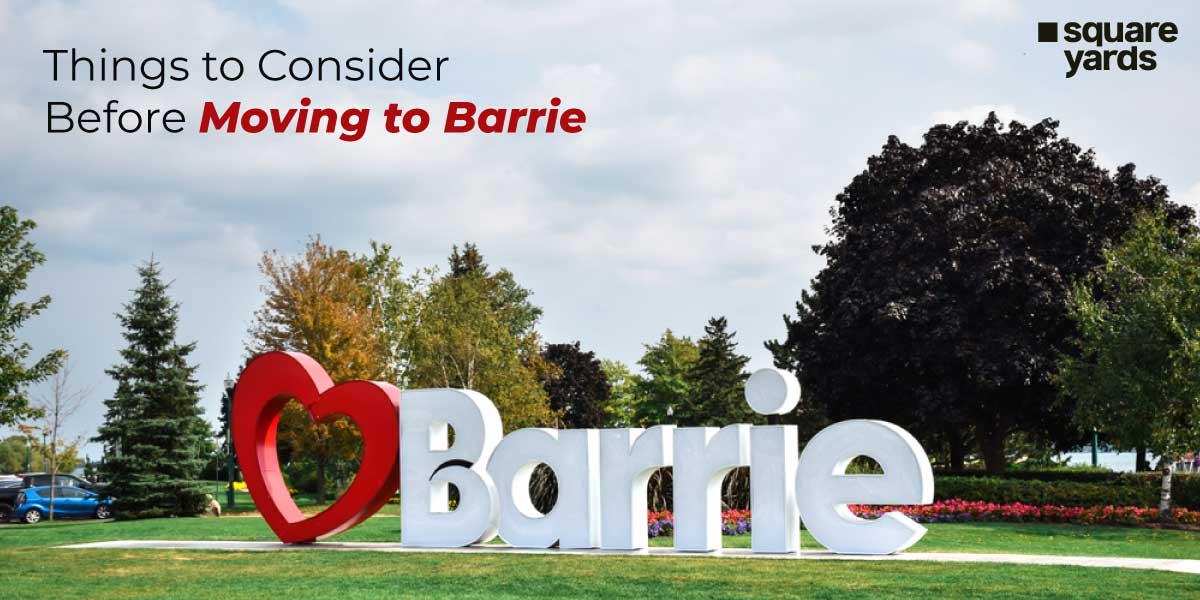Are you planning to move to Canada? If yes, then you might be concerned about transportation in the country. Having a motor vehicle is highly convenient to help you and your family drive to work, school, and other road trips. When you finally buy a vehicle, you might get stuck with the vehicle registration in Ontario and it’s insurance process! And, this is where our guide will help you.
If we talk about registering a vehicle, your new vehicle in Ontario will be registered by the dealer for a fee. However, if it isn’t registered, you must get it registered in your name at the concerned centre. Once the vehicle registration is completed, you will get a permit and licence plate. Furthermore, getting a vehicle insured is as crucial as its registration.
Simply put, insurance is much like a ‘glad to have it, hope you don’t need it’ kind of expense. With thousands of vehicles moving on the roads of Canada, there’s always a possibility of an accident. And here, insurance comes into the picture that protects you from any liability in case of an accident.
With this, the importance of insurance and vehicle registration in Ontario is cleared. But if you don’t know how to get it done, refer to the guide below.
Registration of a Vehicle in Ontario
When you buy a vehicle in Canada, always remember that it must have a valid Registration Certificate. The process of registering a vehicle in the country differs from one province to the other. While the entire registration process shares a handful of similarities across the country, each state has its own terms and conditions.
So, here’s a general breakdown of everything you need to know about registering a vehicle in Canada.
NOTE: If you have parking tickets or unpaid fines, you will surely have to take care of those first because Canada requires payment of unpaid fines before allowing you to register your vehicle.
- Documents Required for Vehicle Registration
You will need the below-stated documents to ensure a flawless registration and receive a valid Registration Certificate when buying a vehicle in Ontario.
-
- Driver’s licence
- Transfer of ownership document
- Bill of sale signed by both the buyer and seller
- Pink slip or Certificate of Title, signed by both the buyer and seller
- Licence plate number
- Proof of liability insurance
- A safety inspection certificate (known by different names in different provinces of Canada)
- Payment of sales tax, which differs from one province to another
- Other vehicle details like Vehicle Identification Number (VIN) and odometer reading
Inclusions in Vehicle Registration in Ontario
Vehicle registration in Ontario involves licence plates and a vehicle permit. The licence plates in all provinces of Canada are based on a plate-to-owner system. Under this system, the vehicle licence plates do not move with the vehicle but with the owner. You must remove your licence plates when you change or sell a vehicle in Canada. If you don’t wish to use the previous licence plate on another vehicle, you can return it to the concerned centre.
How to Renew Vehicle Registration?
If you are wondering how to renew vehicle registration in Canada, your search ends here! Almost all provinces in Canada require owners to get their vehicle registration renewed annually or biannually. However, you will be happy to know that renewal will not take much time and is less complicated than the original vehicle registration process. In order to renew vehicle registration, the new process allows you to skip the long queues and get it done online. However, this is applicable only if no changes (change of address or change of name) are involved in the registration.
To renew your vehicle registration online, you will need some vehicle and personal information and a Debit or Credit Card for the payment purpose. Moreover, remember that each Canadian province might also have a window to get it done before the expiration date. Thankfully, to help you avoid forgetfulness, every province will send a renewal notice on the driver’s registered mail ID that will work as a reminder.
Insurance of a Vehicle in Canada
Per law, getting a vehicle insured by a verified insurance company is a must in Canada. All territories and provinces of Canada require drivers to have at least accident benefits and liability coverage. Some provinces might need additional coverage. Furthermore, it’s important to note that without getting your Canadian vehicle insured, you can neither attach plates to your vehicle nor be able to renew the registration or buy a permit.
Across Canadian provinces and territories, vehicle insurance is offered by reliable private companies. Public insurance companies provide legal insurance coverage in Manitoba, British Columbia, and Saskatchewan. Private and government insurance companies fulfill the rest of the insurance requirements.
- Which Documents Are Required for Insuring a Vehicle?
Whenever you buy a vehicle in Canada, make sure to get it insured by a reliable insurer, who will ask for the below-listed documents:
-
- Driving record of the driver
- Canadian driver’s licence
- History of current and past insurance providers
- Name and address of the driver
- Detailed information about the vehicle, involving its name, mileage, model, registration number, etc
- Letter from any previous insurers with previous insurance records involving any ‘no claim bonuses’.
-
Mandatory Vehicle Insurance
As per law, the vehicle insurance coverage that a Canadian driver must have involves:
-
- Liability Insurance: This type of insurance coverage in Canada covers losses like death or injury that is caused by your vehicle to other people or their property. Remember, Liability Insurance does not cover the cost of repairs to your own motor vehicle.
- Bodily Injury/Accident Benefits Insurance: This type of insurance covers the cost of your own medical bills. Not only this, but Bodily Injury/Accident Benefits coverage also covers the loss of income when you are injured.
-
Optional Vehicle Insurance
The optional insurance coverage available to a driver in Canada involves:
-
- Collision Insurance: Collision insurance covers the cost of replacing or repairing your vehicle if you hit another object or vehicle in an accident.
- Comprehensive Insurance: This optional vehicle insurance covers the cost of replacing or repairing your vehicle if it is affected due to other types of damages or loss like fire, vandalism, or theft. Please note that Comprehensive Insurance does not cover the damage or loss to your vehicle if you hit an object or another vehicle in an accident.
Now that you know the types of insurance coverage available let’s glance at a few tips that will help you choose the right insurance for your vehicle in Canada.
Choosing the Right Vehicle Insurance Policy
Apart from researching well, make sure to keep the following tips in mind that will help you shop for the right vehicle insurance policy in Canada:
-
- Identify your needs
- Compare plans
- Ask for the add-ons
- Check the claim process
- Be aware of the policy terms and conditions
- Know about the claim settlement ratio
Update on Renewal of Licence Plate Sticker and Vehicle Registration in Ontario
Recently, the Ontario Government has come up with a new program, i.e., Digital Dealership Registration (DRR). As the name suggests, the programme will allow Ontario car dealerships to register the vehicle digitally or online. All this is done with the purpose of making the vehicle registration process faster, easier and more favourable for car buyers in Ontario. The new vehicle registration online process has offered 7000+ car dealerships in Ontario access to an online programme that puts an end to time-taking trips to registration centres and the duplicity of paperwork.
Another update was introduced on the renewal of licence plate sticker in Canada that came into effect on March 13th, 2022. As per the update, Ontario has removed the requirement to have a valid licence plate sticker and licence plate sticker renewal fees for passenger vehicles, mopeds, light-duty trucks and motorcycles.
However, one thing to note is that drivers of passenger vehicles will still need to go in person or online to get their licence plate renewed free of charge every two years. And, if you wish to know how to renew licence plate sticker, have a look at the steps below:
-
- Step 1: Decide whether you want to renew licence plate sticker in person or online. Make sure to give yourself a minimum of 30 days before expiration to make sure it’s delivered on time.
- Step 2: Go to the official licence plate sticker renewal website or head to the nearest centre.
- Step 3: Fill out the required information on the licence plate sticker renewal form. Remember to bring the information with you if you are getting it renewed in person.
- Step 4: Submit the form and make the payment of the fee (if applicable).
- Step 5: Pay any outstanding tickets, parking tickets, or toll fees in order to renew your licence plate sticker.
That’s all! Your new sticker will arrive within 14 days. In the meantime, you will be given an Extended Vehicle Validation Period Receipt.
In Conclusion
Buying a car insurance policy and vehicle registration in Canada is not as daunting as it sounds! Keeping the above-stated information in mind will help you get everything done right. With the advancement of technology, it has now become effortless to buy an insurance policy and do vehicle registration online. If you are still left with some doubts or queries, the FAQ section will help you get them cleared.
You May Also Read
Frequently Asked Questions (FAQs)
Temporary car registration numbers are usually given to vehicles in Canada that have not obtained permanent registration yet. Talking about the method of temporary car registration, a certificate for the same can be issued by the dealer or the SAAQ. All this is done to allow a car to operate on public roads in Canada for a limited period of time.
It is essential to renew the licence plate sticker in Canada when it expires. In case you are ever caught driving with an expired car sticker, you will be caught by the traffic police and be penalised.
A car custom plate is a number plate personalised by the car owner. Such a number plate has the owner’s name or initials on it. The vehicle owner pays extra money to have their own choice of letters or numbers, generally portraying a recognisable phrase or abbreviation.
Getting a car insured is mandatory in Canada and every other country worldwide. This is because car insurance safeguards you from having to pay to repair your car or another vehicle after being damaged in an accident. Moreover, it protects you from liability claims if you are held responsible for an accident that has caused injury to other people or damage to another person’s vehicle.
Yes, Canada's new vehicle registration process allows car dealerships to register new and used vehicles online. It moreover will enable them to issue permits and licence plates directly to purchasers. What is the method of temporary car registration?
Why is car sticker renewal important?
What is a car custom plate?
Why is car insurance required in Canada?
Is it possible to do online registration for a used car?

